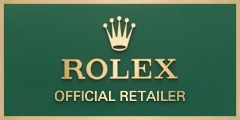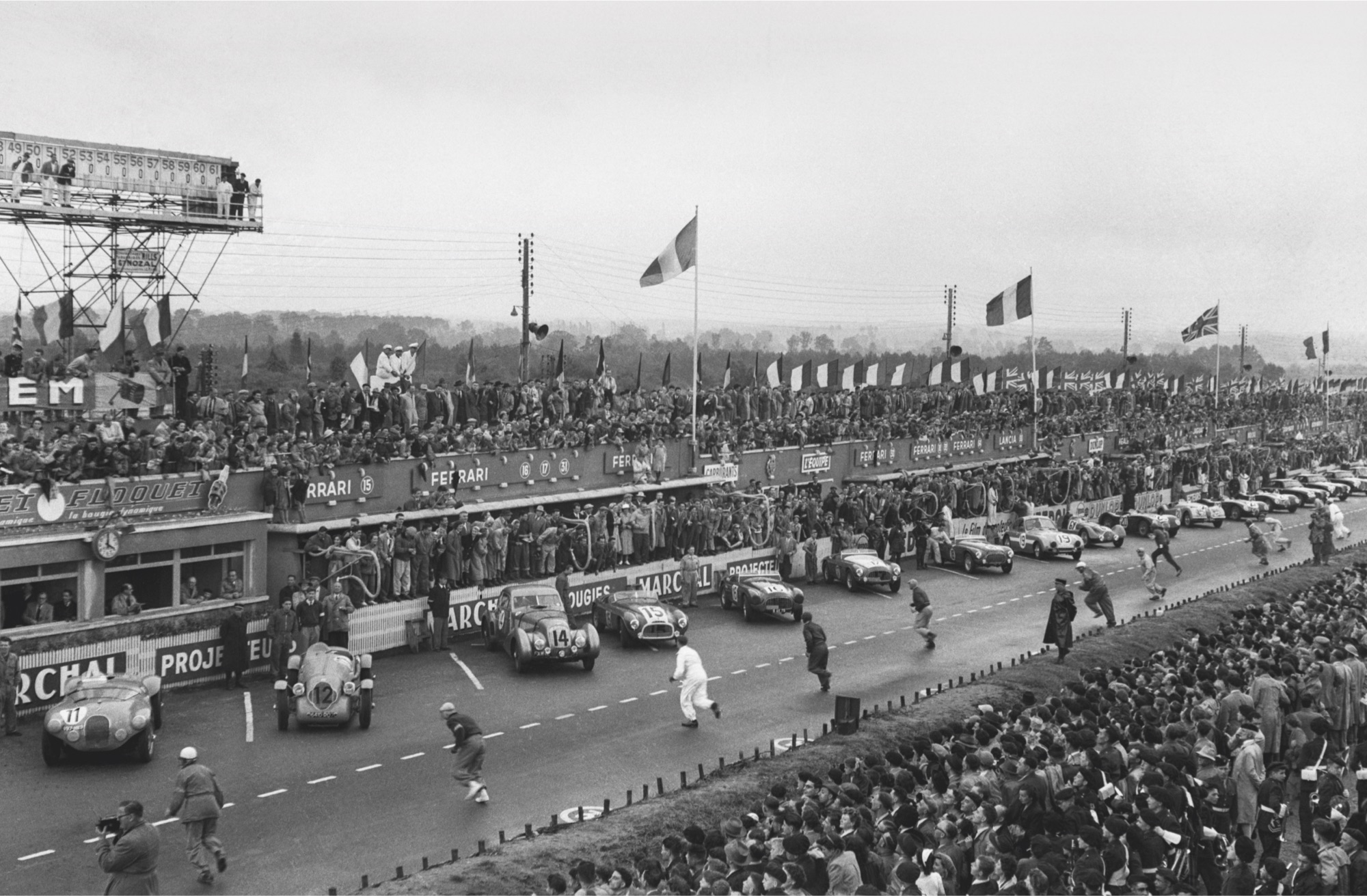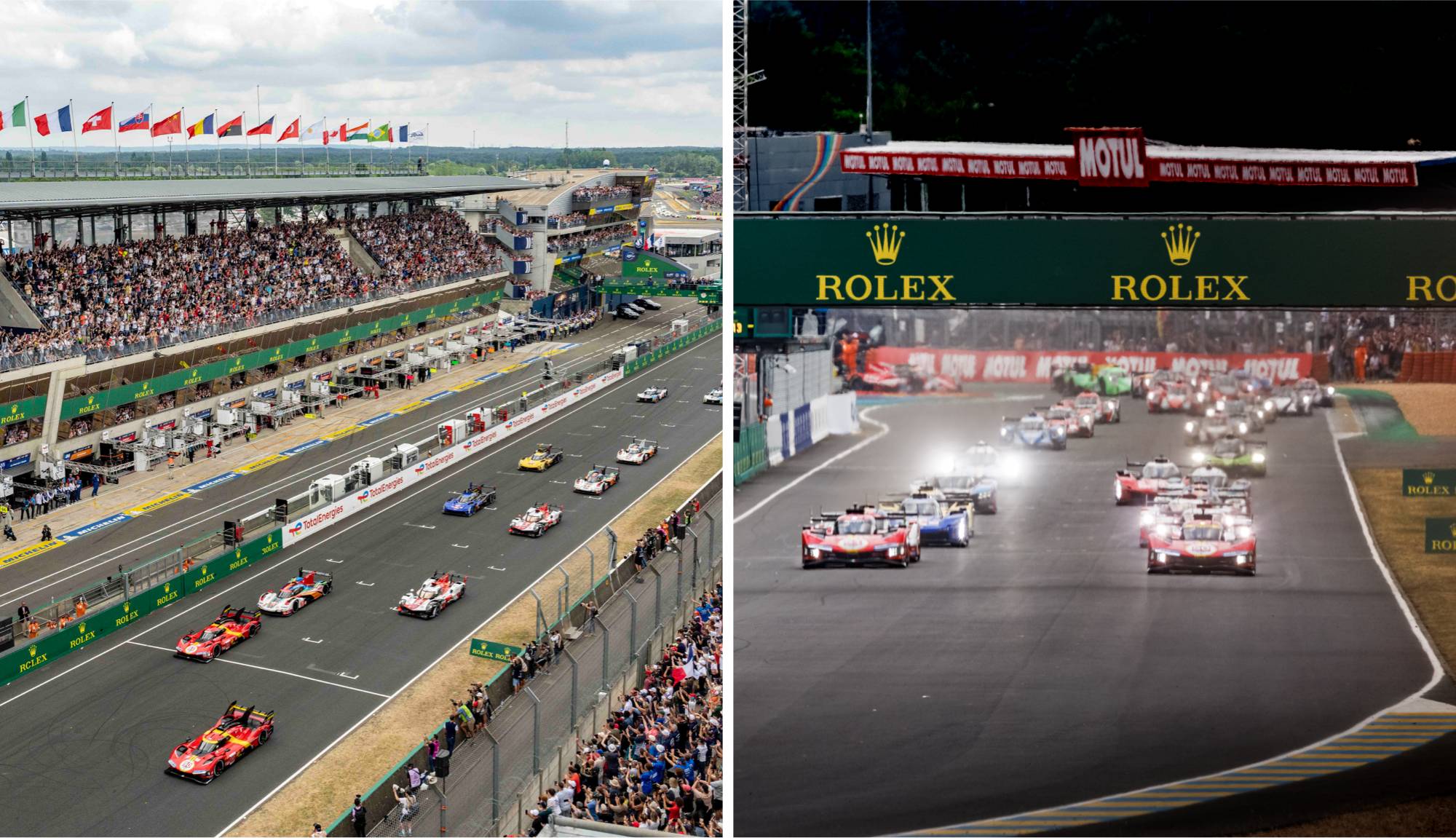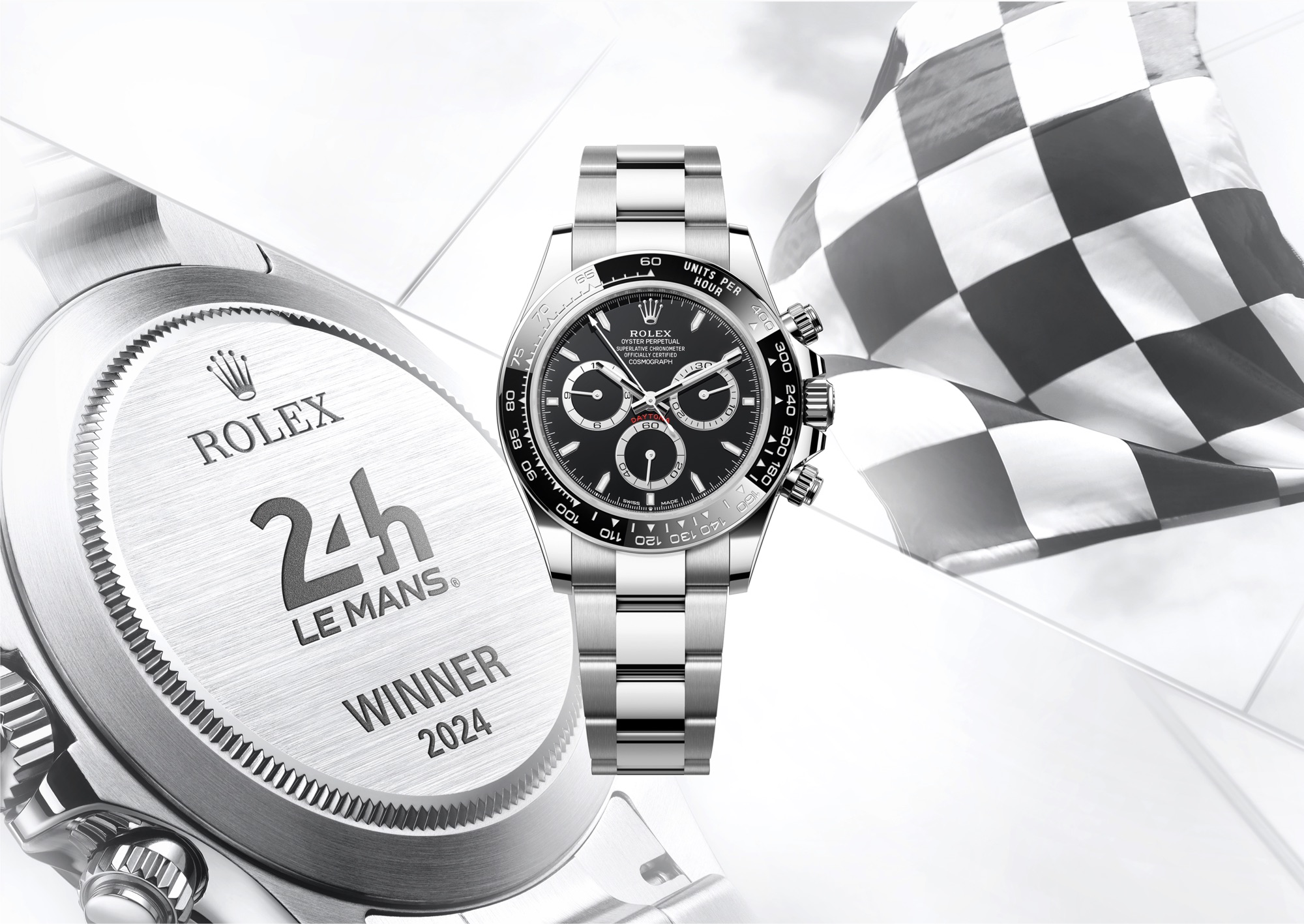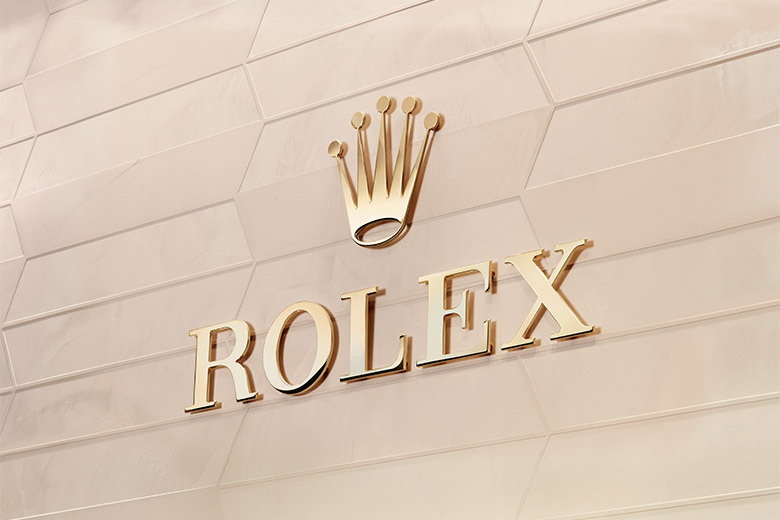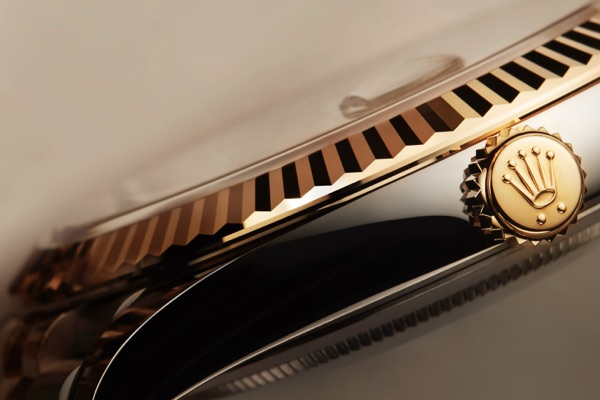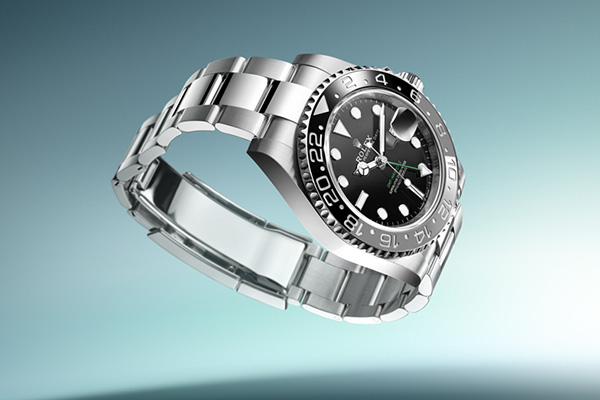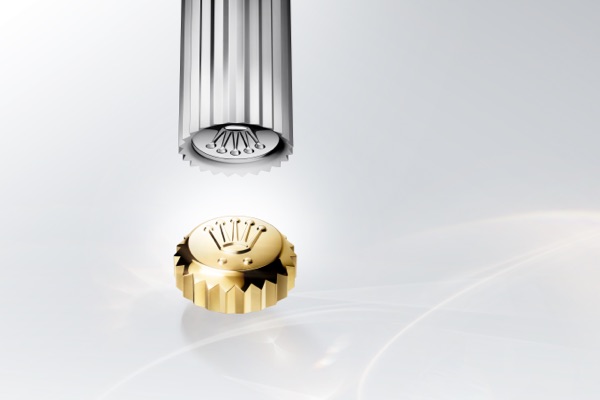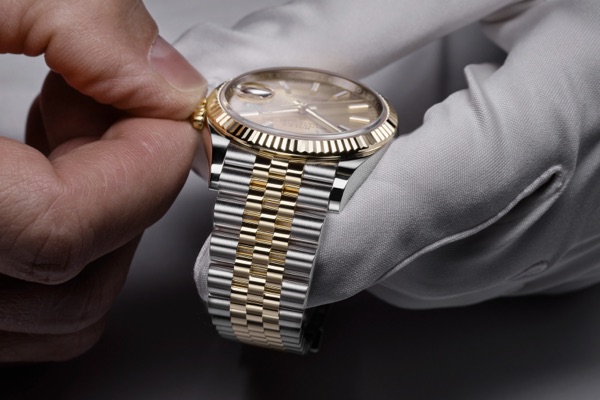Long and proud history of epic racing
Created in 1923, the 24 Hours of Le Mans is the oldest and one of the most prestigious car races in the world. A stern test of the reliability of the machines as well as the physical and mental stamina of the drivers, Le Mans attracts some of the greatest names in motor sport. On the 13.6-kilometre (8.4 miles) Circuit de la Sarthe in north-west France, some 62 cars, each with teams of three drivers, race against each other, divided into two Prototype and one GT Class. The winning team is the one which covers the greatest distance in 24 hours, some 5,300 kilometres (3,293 miles). Rolex has been the Official Timepiece of the race since 2001.
Continuous innovation over the decades
Since its inaugural edition, the mythical event has been an ideal testing ground for the many advances in motor sport technologies. The trialling of a new road surface in 1922 (still viable today), improvements to safety, engines and aerodynamics, as well as, since 2022, the requirement for all cars to run on 100 per cent renewable biofuel, are among the notable developments marking a century of progress supported by this legendary endurance race. New automotive manufacturers contesting the top class in 2024 include Alpine, BMW and Lamborghini, emphasizes the importance and relevance of the event for the car industry.
Tom Kristensen: “Mr. Le Mans”
Tom Kristensen has well and truly earned his nickname. The most successful driver in the legendary race’s history, he won it a record nine times, starting with his debut in 1997. A Rolex Testimonee since 2010, the Danish racing driver was FIA World Endurance champion in 2013. “You carry a win at Le Mans with you forever. I feel proud and humble reflecting on the race’s legacy and Rolex’s involvement with motor sport. Together they are the perfect combination; both striving for excellence through persistence, technical innovation and human endeavour.”

